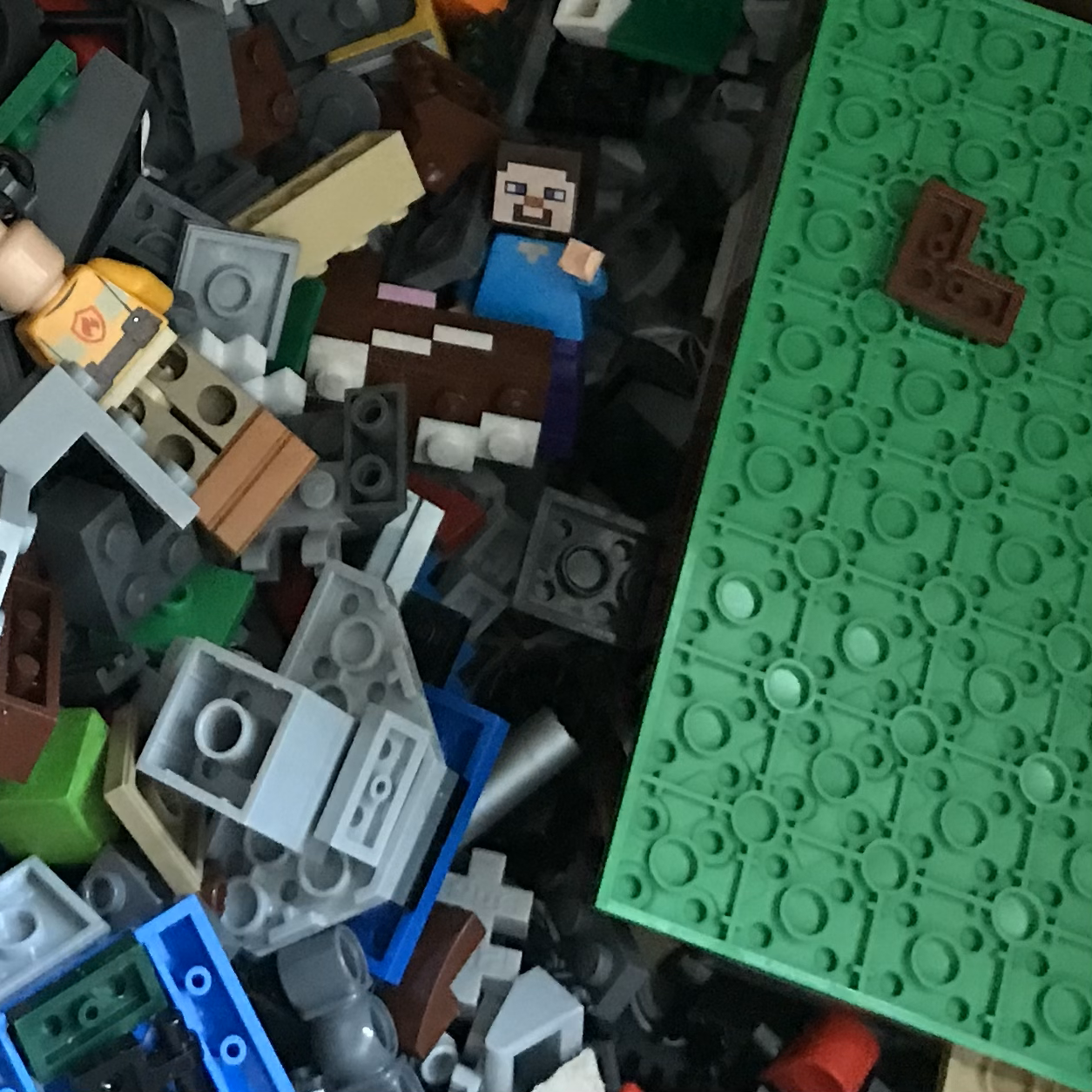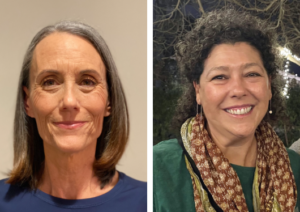Clinicians on Pediatric Advocacy
We’re delighted to explore the question, “How can children--and their parents and neuro teams--advocate for better access given the patient's very young age and brain injury?” Our discussion is informed by our years dedicated to serving children and families as clinicians, professors, and researchers in the fields of occupational and physical therapy.
Learning Together
As occupational (OT) and physical therapists (PT), we are part of an Interdisciplinary team caring for your child and your family after a brain injury. Depending on the recovery journey, we often have the chance to spend a lot of time with you in a hospital, clinic, school, or community space. We want to work collaboratively with you on the things that matter to you. And, we care deeply about your daily lives - how you get around, how you care for yourself, how you learn, and how you do fun things. As therapists, we look for ways to learn together. Along the way, there are often decisions to be made and solutions to be built. We find that if we can learn from and with you, those shared decisions are meaningful and impactful.
Partnerships with Children and Families
Laura, OT - I want to prioritize making time for collaborative spaces and places. It's important to be intentional and plan for opportunities to really listen and meet families where they are. Ultimately, the most meaningful intervention is done in partnership with families and the interprofessional team. This takes time, planning, flexibility, and grace to revisit and revise as needed.
Casey, PT - When I walk into your child and your family’s room in the hospital, I’m grateful for the opportunity to be a part of your team. I try to focus on what is important to your child and your family. And I like to make a therapy plan for activities that are important to you and your family. It helps me if we take the time to share our perspectives. When your child and your family share the things that are going well for you, as well as the things that you’d like to work on - this helps me see how our physical therapy session can support your goals. A partnership with your child and your family fosters so many creative solutions and positive approaches.
Solution Building
Laura, OT - Solutions should make sense in the daily lives of children and families in THEIR contexts. The plans and ideas should feel customized to their unique needs and feel attainable. I also feel that as much as we are working on goals and opportunities to build skills and make improvements, we must give equal if not more attention to areas of strength and interests of your child and family.
Casey, PT - Shared learning builds a lot of trust because by learning from and with each other, we gather new perspectives. I think some of you might be surprised that even though I’m a therapist with over 40 years of clinical experience, I learn something new from my patients and their families every day. And I feel the power of solutions that are developed by a team - including you and your family.
Case Examples - Pulling the Aforementioned Ideas Together
Casey, PT - A brain aneurysm or AVM can be unexpected and can have an unpredictable course of recovery. Sometimes both physical tasks as well as communication are difficult for the child. One of my patients, for example, knew what she wanted to say, but struggled to find the right words. She knew how she wanted to move her arms and legs, but her muscles were stiff and her trunk was weak. Her family shared a lot about her - her favorite music, her favorite sports, and her favorite subjects in school. When I would come in for a therapy session, her family helped me understand her day by telling me if she had a restful night, if she enjoyed her breakfast, or if there was something exciting happening that day with the family (she loved it when her older sister visited). Her family advocated for her as a child and respected her preferences. This helped me make her therapy meaningful to her!
Laura OT - Any sudden onset of a disability can be very jarring and pediatric brain injury can truly be traumatic for the child and family alike. It is very easy to slip into a “deficit” model, wherein the team and family are only discussing “what’s wrong”, how to “fix” things and thus risk reducing the survivor to a set of symptoms rather than seeing them as a full person. One who may be very different from who they were before the injury. Solutions may not be about “fixing” the person, but rather about “fixing” our mindsets about what can be adapted in the environment or with activities. Look for new ways to be more supportive of meaningful engagement. It's critical to include the brain injury survivor whenever possible and be mindful of the notion of “nothing about us without us”. It's essential to also include priorities for psychosocial well-being for the survivor and family as everyone adjusts to life after the injury.
Our current medical and rehabilitation models can sometimes be barriers to facilitating authentic child and family centered care. When practitioners AND families are advocates for collaborative care, we can make intentional space for listening and planning and customizing support beyond the hospital and into the daily lives of children and families. We can imagine a better future for care for recovery from a brain injury that focuses on what is meaningful and important to you and your family. We can imagine that we are more impactful when we learn from and with each other. We can imagine that when we share decisions and build solutions, this makes a difference in real-life - at home, at school, at play, and in our communities. So, for us, we hope a better future starts with more conversations, more trust, more opportunities to learn from and with each other. We hope this opens the way for more access to everyone participating in care for a brain injury.
Thank you for the opportunity to be a part of this TAAF conversation!
Click the photos below to learn more about Laura, OT and Casey, PT.

